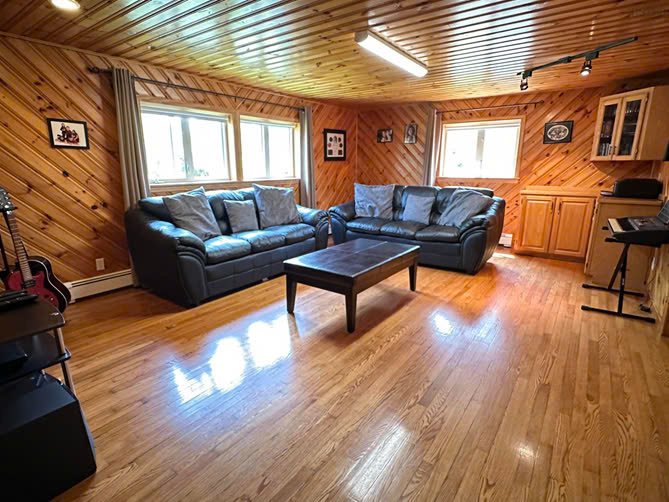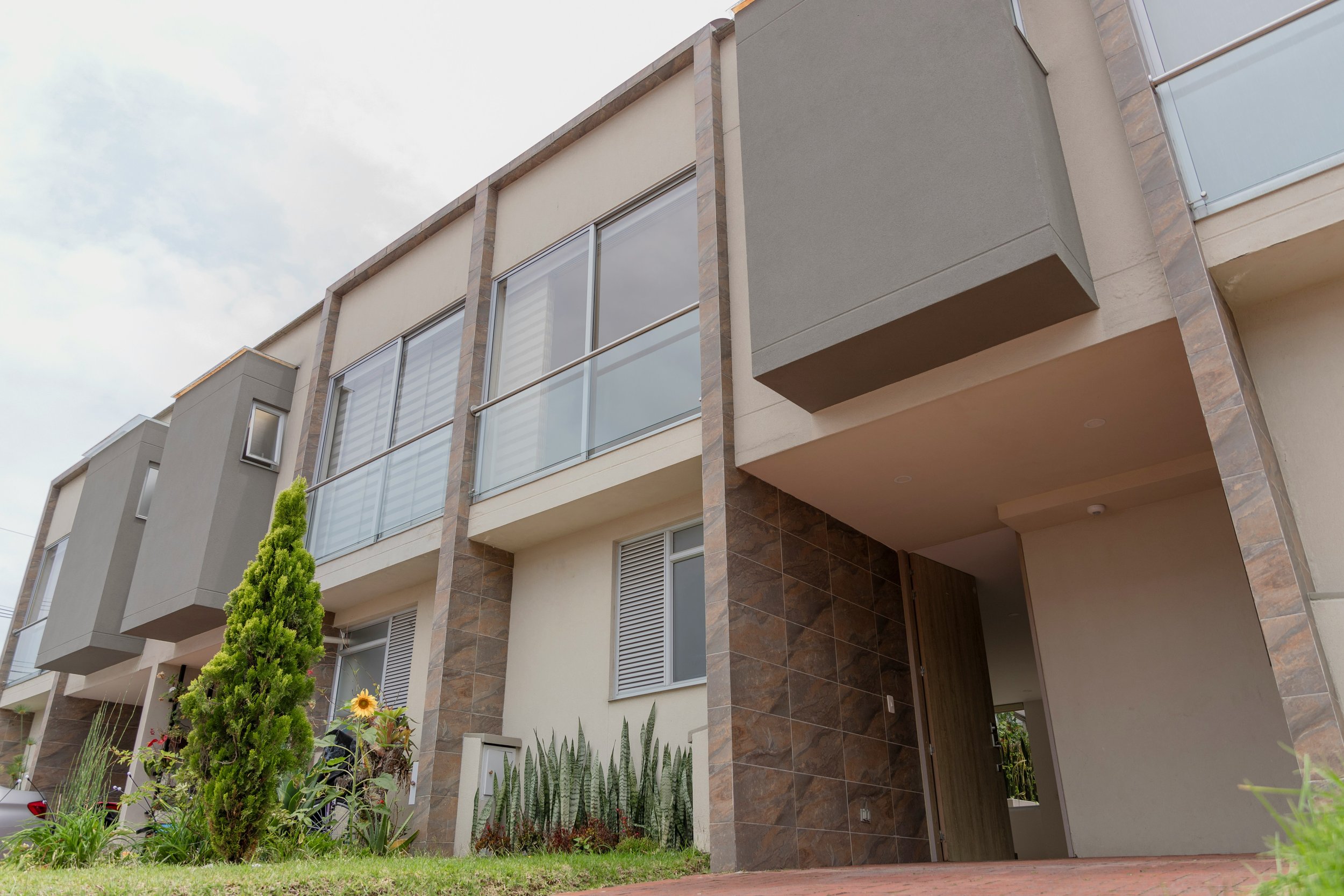How Real Estate Agents Use Home Staging to Help Buyers Visualize Their Dream Home
Discover how real estate agents use home staging to help buyers visualize their ideal home, enhancing appeal and creating memorable first impressions.
Home staging is a powerful tool in real estate. For buyers, it’s often difficult to picture themselves living in a blank or cluttered space. Real estate agents use home staging to help buyers visualize a property as their future home. This process can make a house feel welcoming, functional, and attractive. With professional staging, agents can create an experience that resonates with buyers, helping them connect emotionally and see a property’s full potential.
1. The Psychology of Home Staging: Why It Matters for Buyers
Home staging works because it speaks to buyers’ emotions. Most buyers want a place they can connect with emotionally, and staging helps create that feeling. By setting up rooms in a neat, neutral, and inviting way, staging creates a strong first impression. This visual appeal helps buyers imagine themselves living in the space, which can lead to quicker decisions.
Staging also creates a “blank canvas” that makes it easier for buyers to picture their furniture and belongings in the home. By removing clutter and personal items, staging gives the home a fresh, open look. This allows buyers to see a potential home rather than someone else’s house.
2. Key Staging Techniques Real Estate Agents Use
Real estate agents use specific staging techniques to make homes appealing. Here are a few common methods:
● Decluttering and Depersonalizing: Removing personal items and excess clutter is crucial. This helps buyers focus on the home’s structure and layout rather than the current owner’s style.
● Furniture Placement: Agents use furniture arrangements that show off the home’s best features. Proper placement can improve flow, define spaces, and showcase areas like an open concept layout.
● Lighting: Lighting has a big impact on a home’s mood. Staged homes use natural light, lamps, and light fixtures to make rooms feel bright and welcoming.
● Neutral Colours and Simple Decor: Staging typically involves neutral tones and minimal decor, creating a look that appeals to a wide range of buyers.
These techniques make spaces feel larger, more functional, and more attractive, which helps buyers see themselves in the home.
3. Highlighting Key Features of the Home
Staging helps highlight a property’s unique features. Real estate agents understand what makes each home special and use staging to showcase these areas.
● Showcasing Unique Features: Staging draws attention to elements like high ceilings, fireplaces, or big windows. These features can be focal points that make the home memorable.
● Clarifying Room Purpose: Agents make sure every room has a clear purpose. For example, they may stage an empty room as an office or guest room, helping buyers understand how they could use each space.
● Outdoor Spaces: Agents may stage patios, decks, or balconies to show off outdoor living spaces. This can help buyers imagine using the outdoor areas as an extension of their living space.
By spotlighting these features, agents make it easier for buyers to appreciate a home’s potential.
4. Real Estate Agents’ Role in the Staging Process
Real estate agents guide sellers through the staging process, using their knowledge of what buyers want.
● Giving Advice: Agents give sellers specific advice on what should be staged. They recommend changes based on the types of buyers looking in the area.
● Connecting with Professional Stagers: Many agents work with professional stagers. They refer sellers to stagers and manage the timeline to ensure the home is ready for viewings.
● Customizing Staging for Target Buyers: Real estate agents understand buyer demographics. For example, they may suggest staging a home office for a family market or setting up a cozy reading nook for older buyers.
This involvement makes staging more effective, aligning the home’s presentation with what buyers in the area want.
5. Staging for Emotional Appeal: Helping Buyers Picture ‘Home’
Home staging creates a lifestyle that buyers can imagine themselves enjoying.
● Creating Lifestyle Scenes: Staging can create small “scenes” within a home, like a breakfast nook or cozy bedroom setup. These details help buyers picture daily life in the house.
● Adding Small Touches: Items like fresh flowers, books, or tasteful artwork make spaces feel welcoming. These touches help create a warm, comfortable atmosphere that appeals to buyers.
● Making a Lasting Impact: A well-staged home often leaves a lasting impression, even after buyers visit other properties. Buyers tend to remember staged homes because they felt more inviting.
By creating a cozy and attractive environment, agents help buyers form a positive connection with the property.
Conclusion: Staging as a Win-Win for Buyers and Sellers
Staging helps buyers see the potential of a property. It makes a house feel like a home, enhancing its appeal and giving buyers a vision of their future. For sellers, staging is an investment that often leads to faster sales and better offers. With the support of a real estate agent, sellers can make staging decisions that truly resonate with buyers.
If you’re buying or selling a home, consult with a real estate agent to understand how staging can support your goals. An agent’s guidance and expertise in staging can be the key to creating a home buyers will love.
Stay up to date with our latest ideas!
Exclusive deals just for our readers! Click below to unlock special offers and elevate your shopping experience!





























